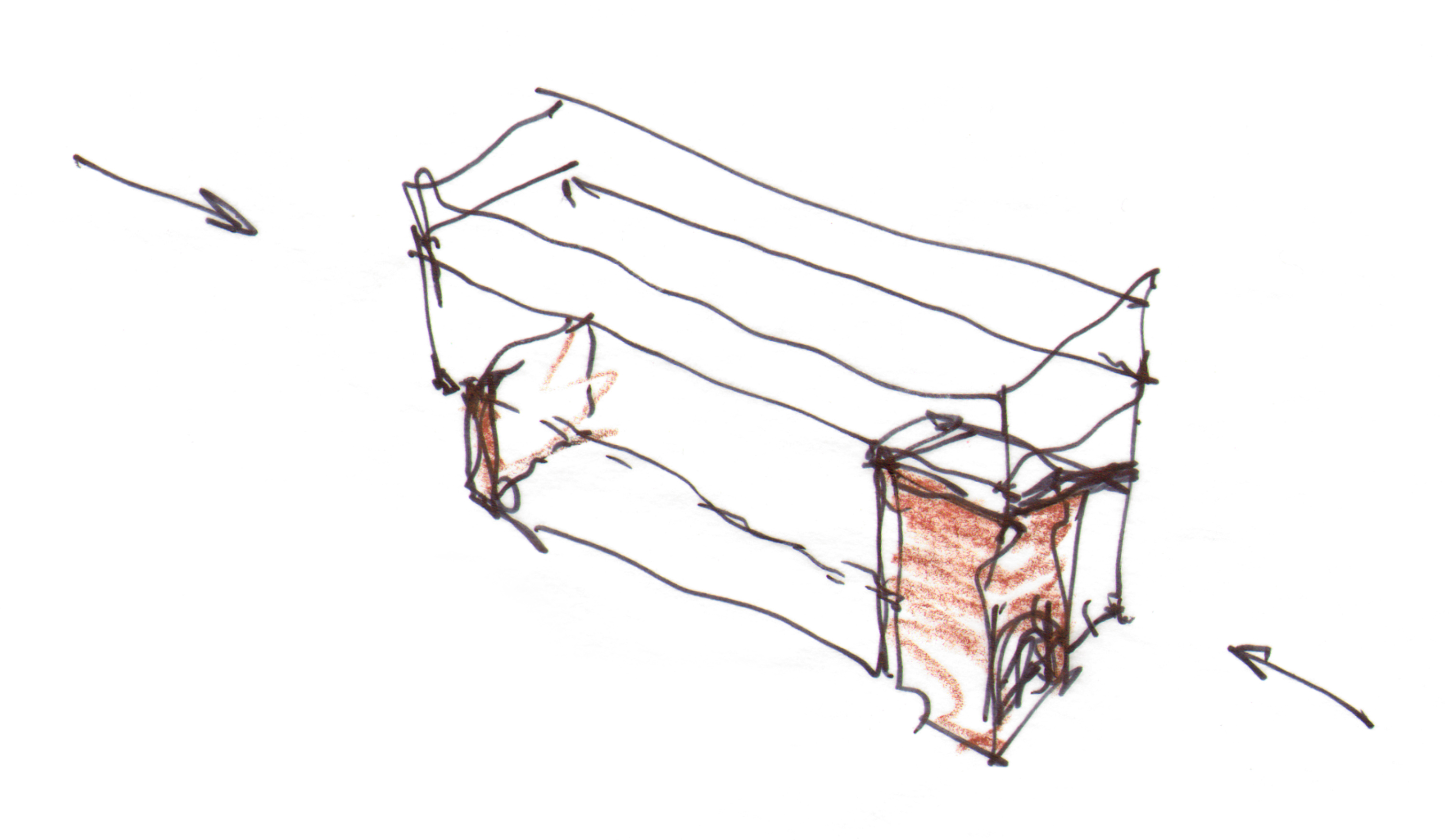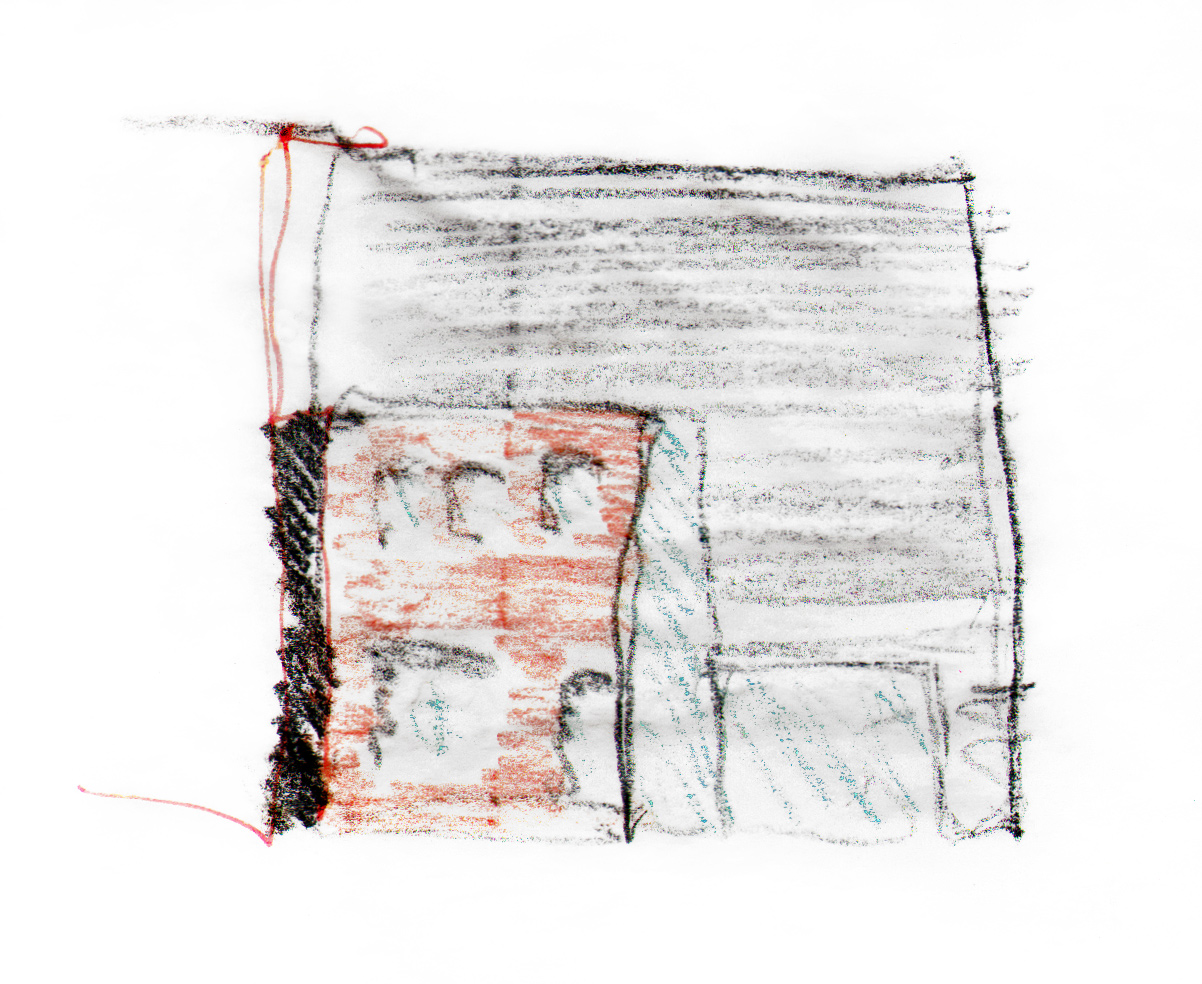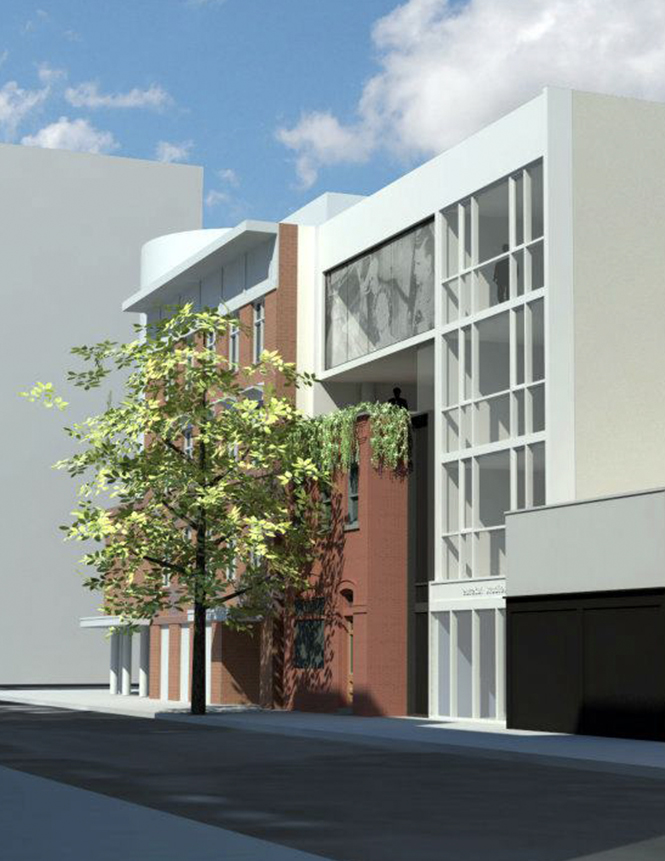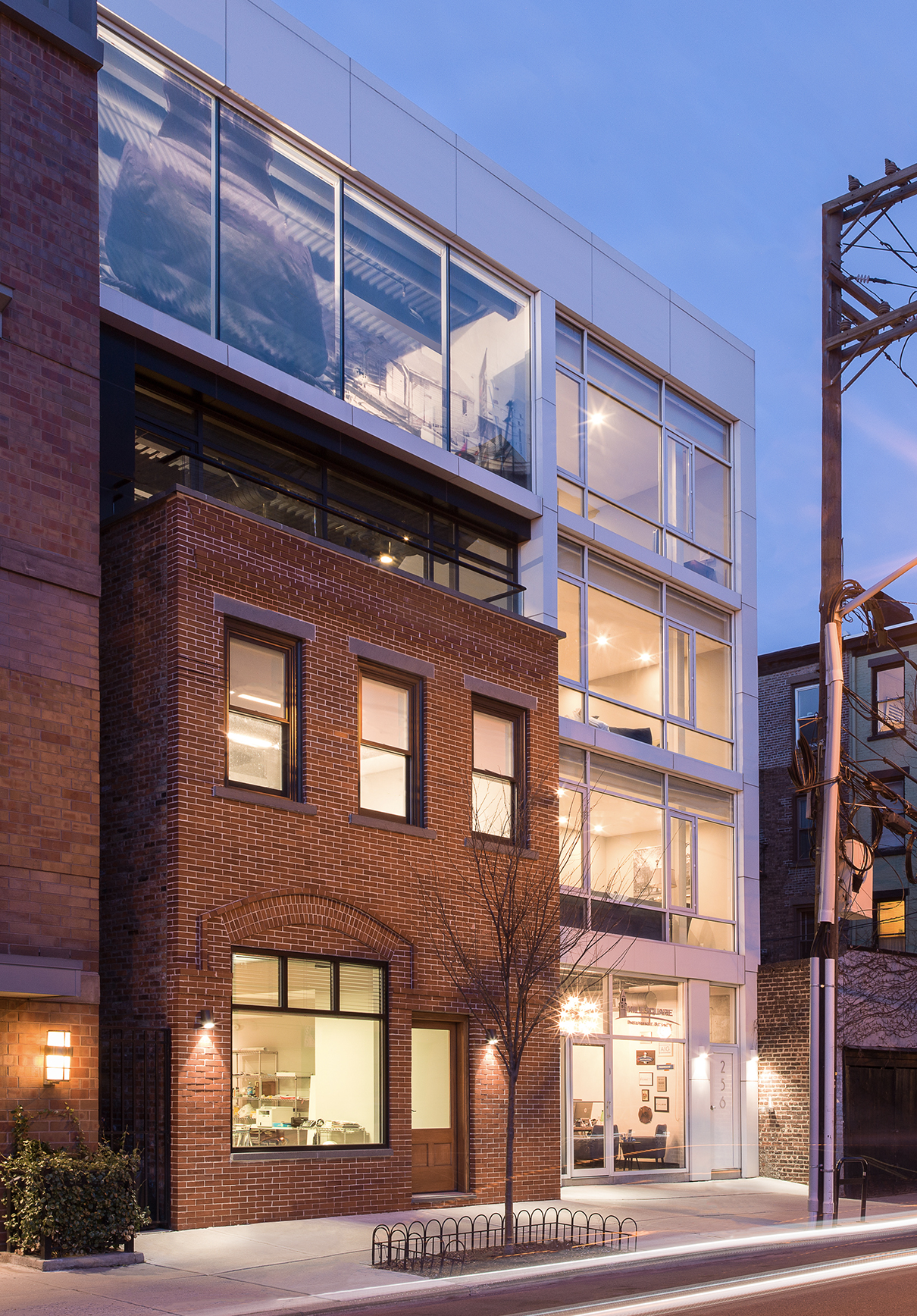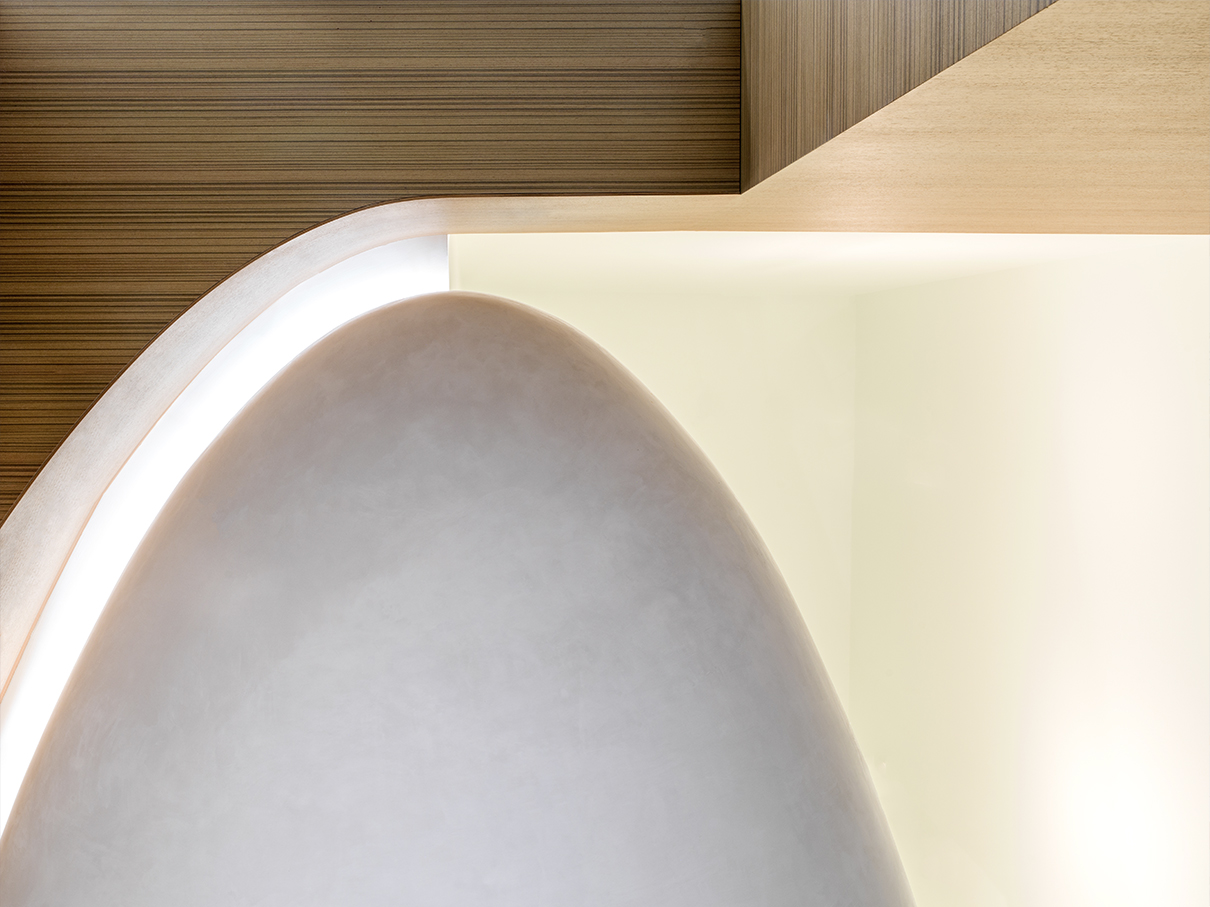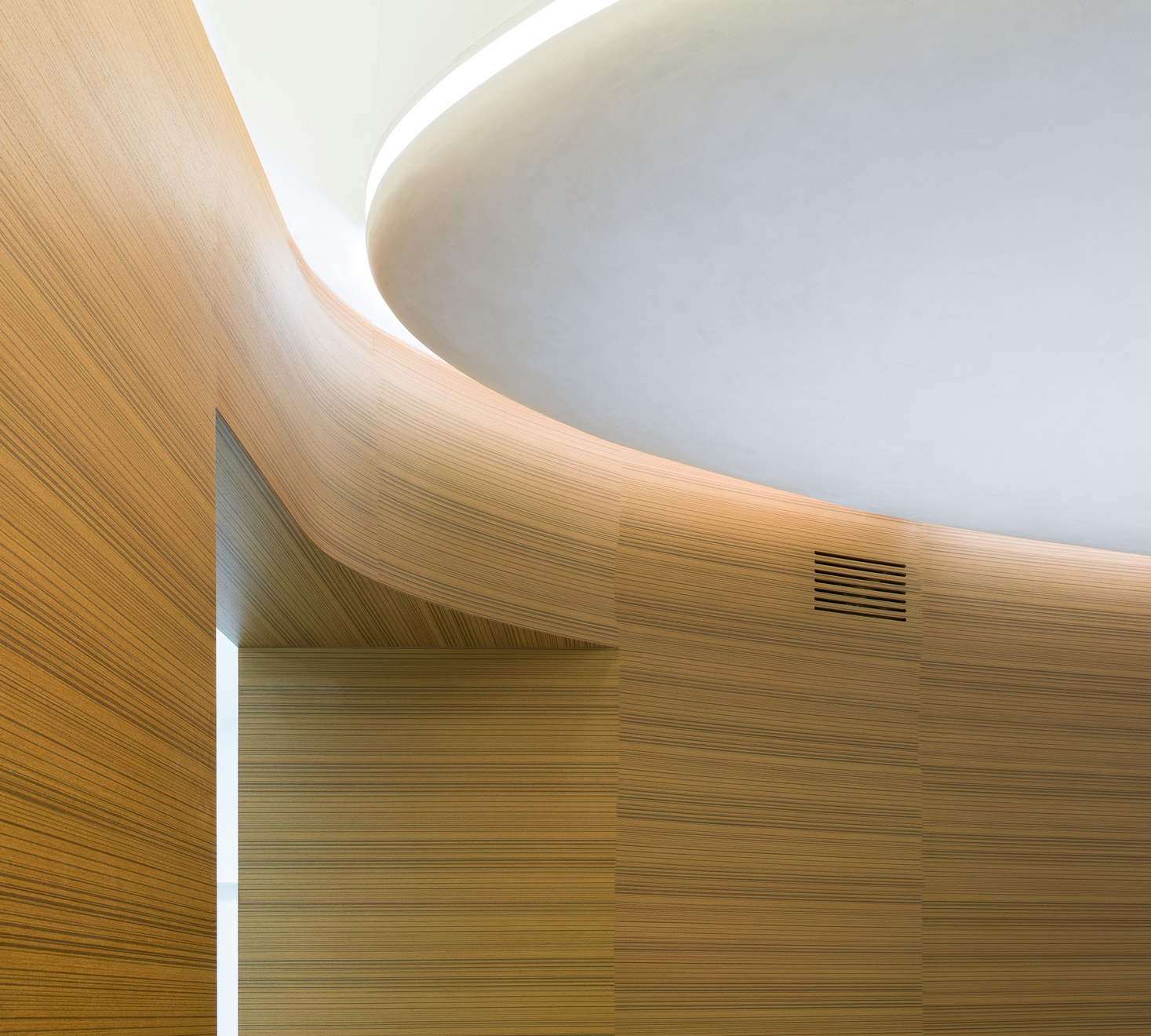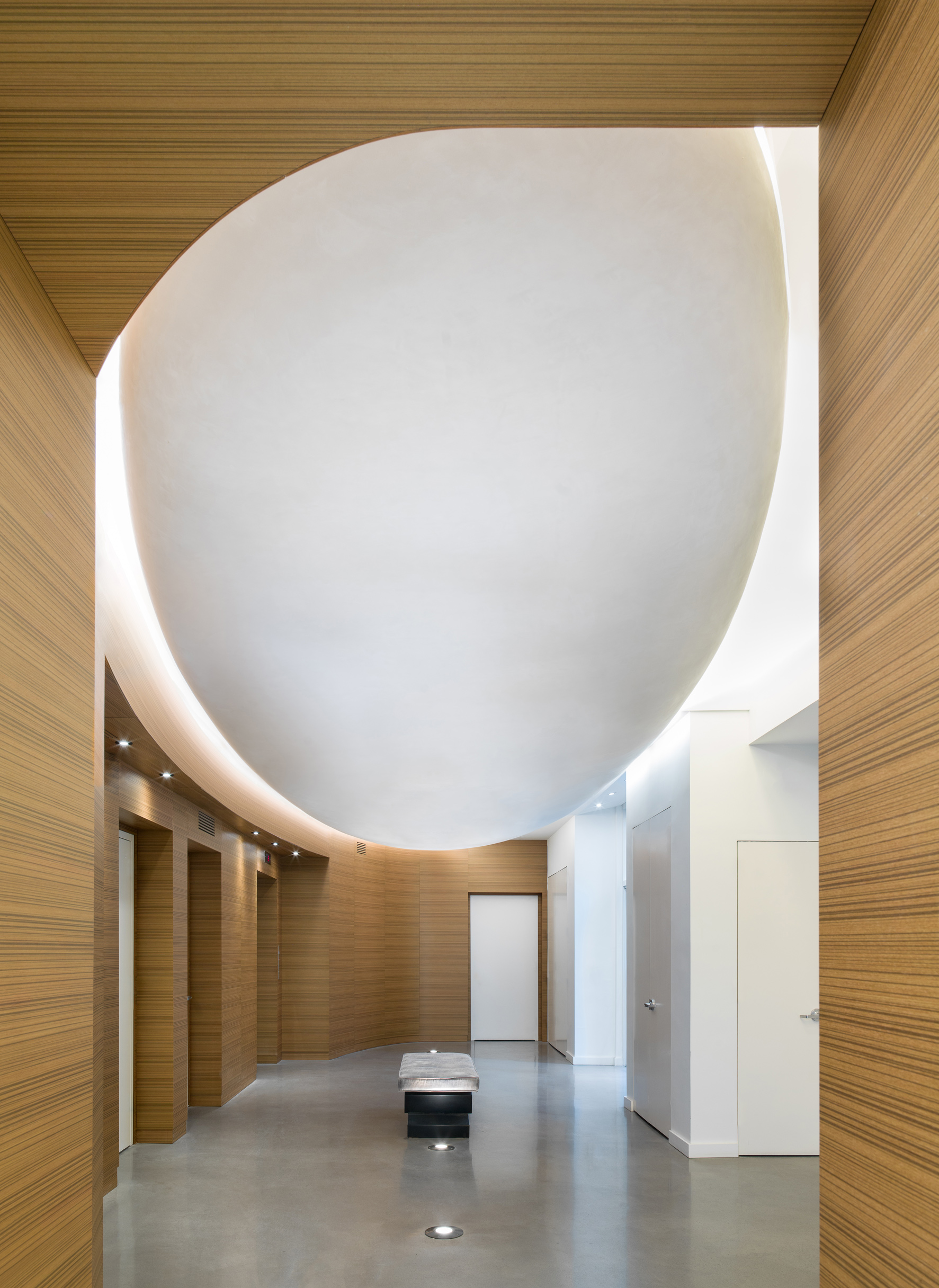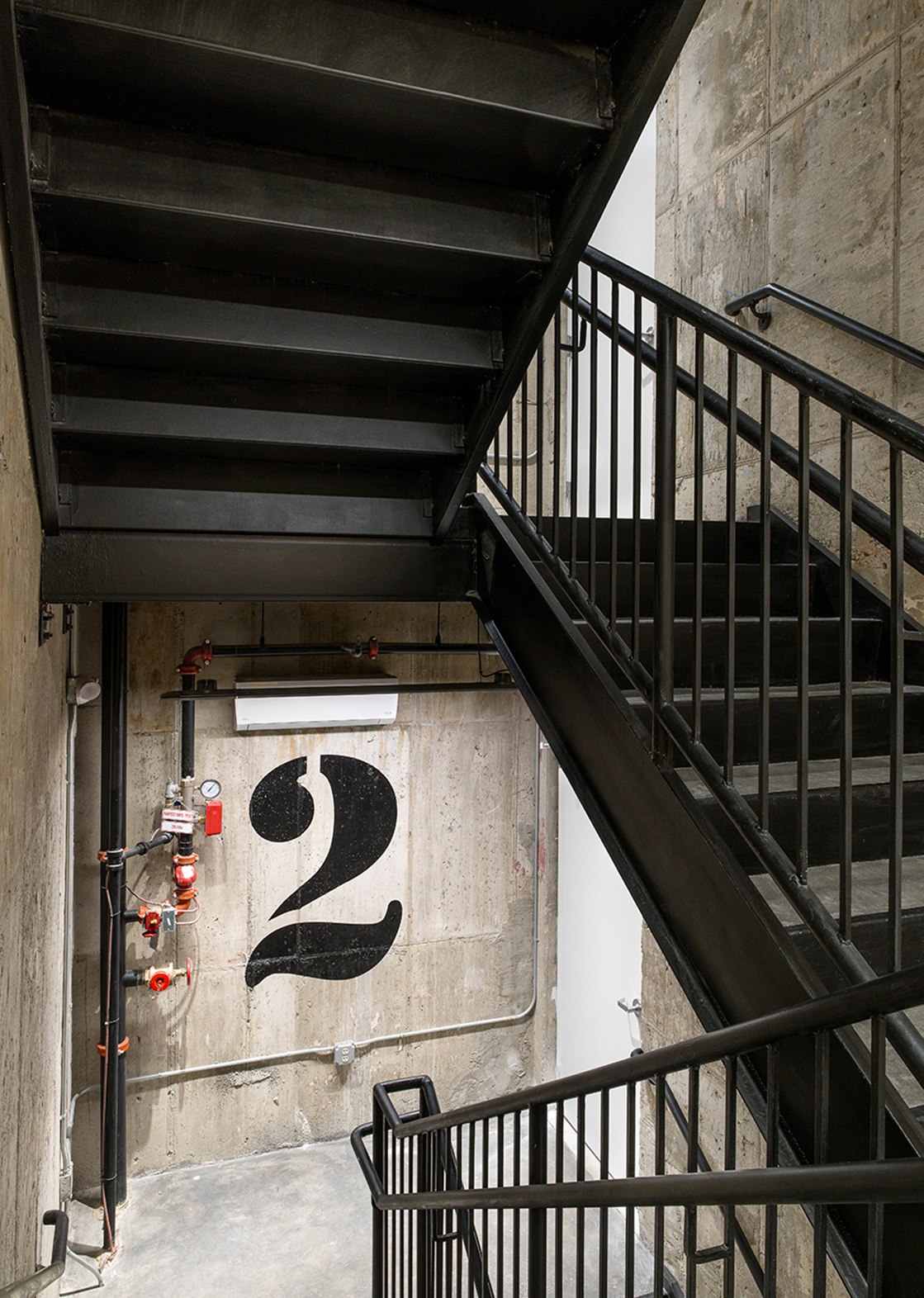the eureka
the eureka
HOBOKEN, NEW JERSEY
HOBOKEN, NEW JERSEY
HOBOKEN, NEW JERSEY
HOBOKEN, NEW JERSEY
The adaptive reuse of a turn-of-the-century German silent theater in Hoboken allowed for the interplay between the original brick structure and a new modernist lightweight metal and glass frame.
Historic imagery of the silent theater era is digitally superimposed on the new structure's glass enclosure, paying homage to the distinction between the two eras.
The adaptive reuse of a turn-of-the-century German silent theater in Hoboken allowed for the interplay between the original brick structure and a new modernist lightweight metal and glass frame.
Historic imagery of the silent theater era is digitally superimposed on the new structure's glass enclosure, paying homage to the distinction between the two eras.
The adaptive reuse of a turn-of-the-century German silent theater in Hoboken allowed for the interplay between the original brick structure and a new modernist lightweight metal and glass frame.
Historic imagery of the silent theater era is digitally superimposed on the new structure's glass enclosure, paying homage to the distinction between the two eras.
The adaptive reuse of a turn-of-the-century German silent theater in Hoboken allowed for the interplay between the original brick structure and a new modernist lightweight metal and glass frame.
Historic imagery of the silent theater era is digitally superimposed on the new structure's glass enclosure, paying homage to the distinction between the two eras.
The adaptive reuse of a turn-of-the-century German silent theater in Hoboken allowed for the interplay between the original brick structure and a new modernist lightweight metal and glass frame.
Historic imagery of the silent theater era is digitally superimposed on the new structure's glass enclosure, paying homage to the distinction between the two eras.

project lead
project lead
project lead
project lead
david wurster / juan rodriguez
david wurster
juan rodriguez
david wurster / juan rodriguez
david wurster / juan rodriguez
contractor
contractor
casablanca management
casablanca management
casablanca management
casablanca management
visuals
visuals
visuals
visuals
visuals
photography: david hartz
photography: david hartz
photography: david hartz
completion
2015
highlights
highlights
- Adaptive Reuse
- Incubator Office Space
- Retail -Residential
...
...
...
...
